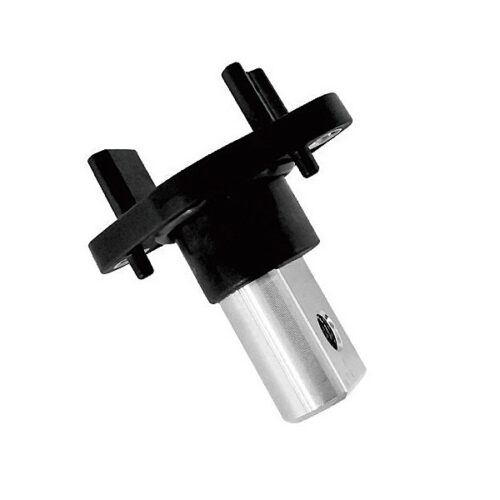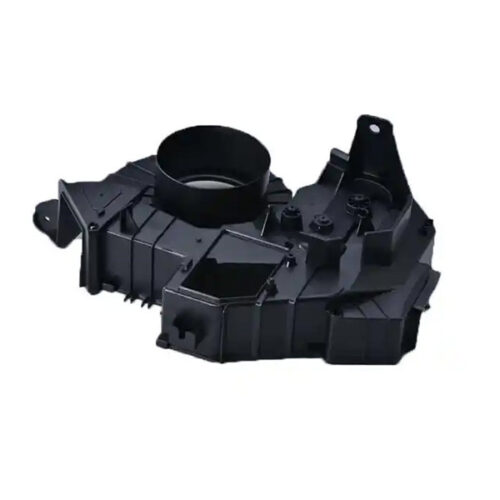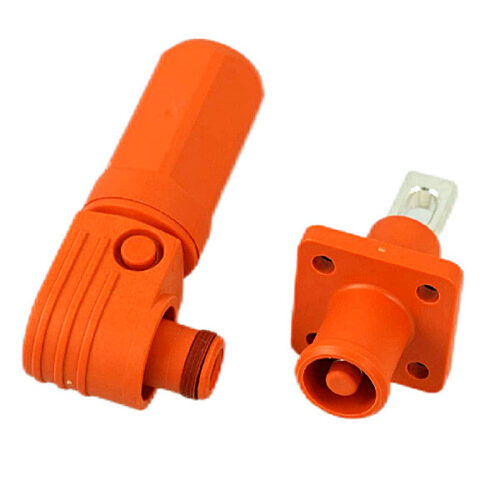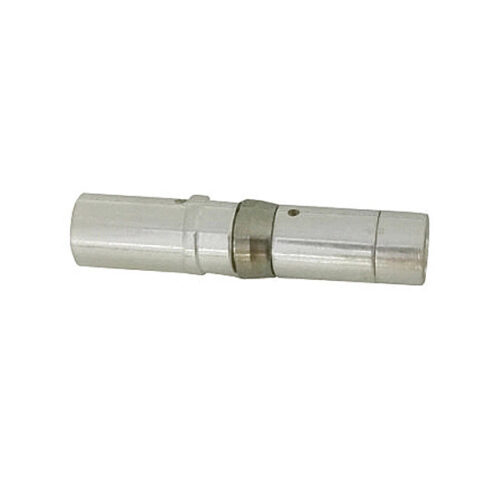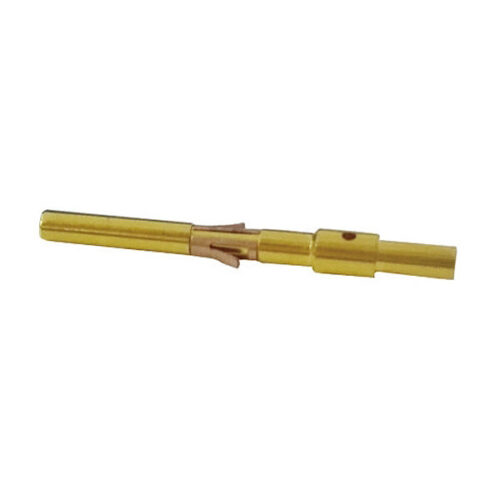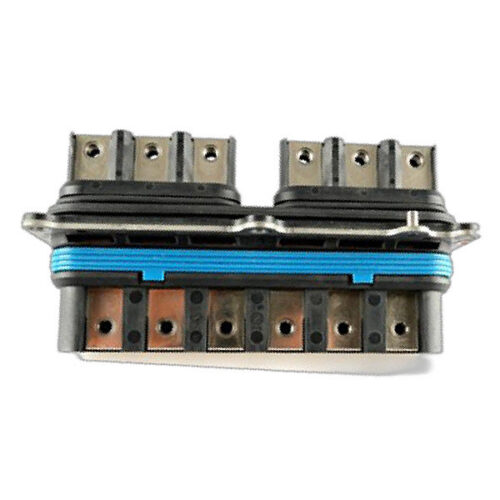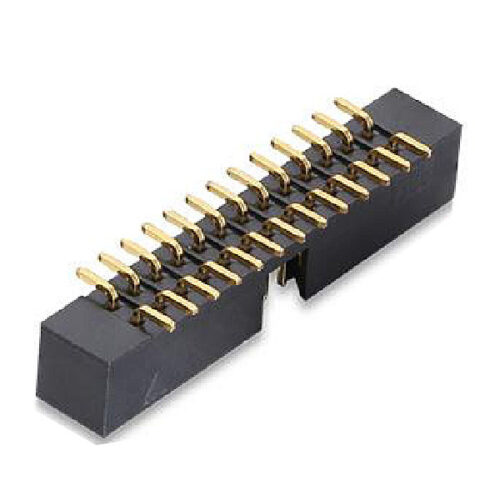Blogs & News
We are focus on automotive wiring harness & connectors technology.
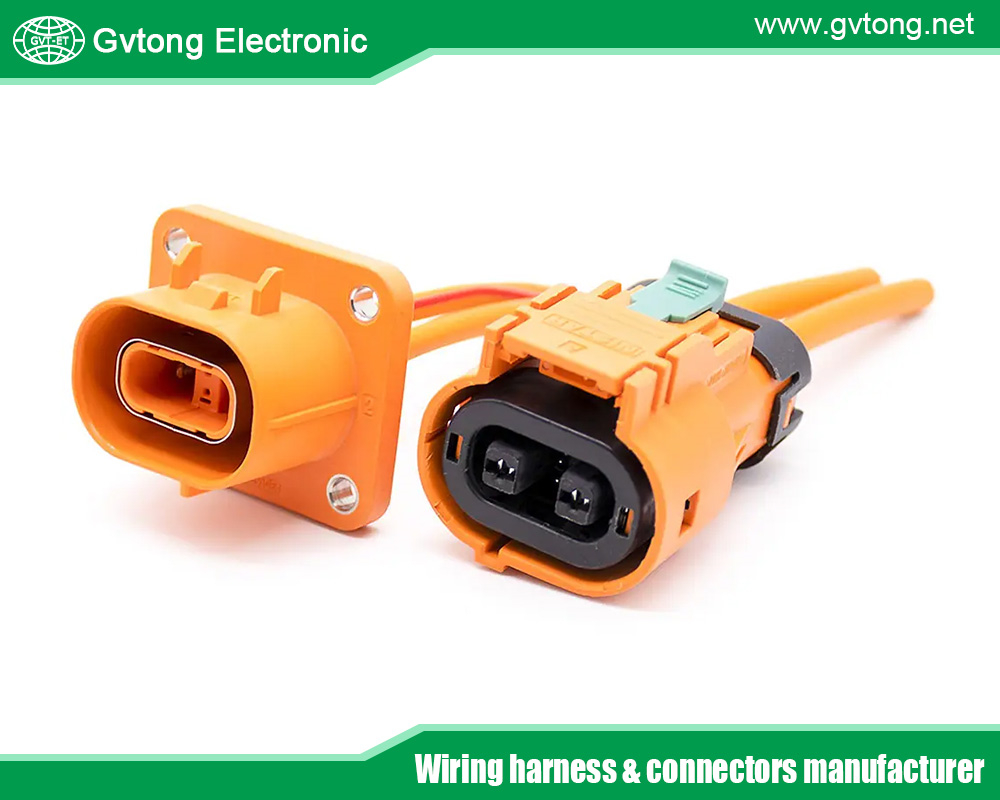
Automotive Low Voltage Connectors: An In-Depth Exploration
- Gvtong Electronic
- ADAS sensor connectors, automotive antenna connector, automotive coaxial connector, automotive data connector, automotive diagnostic connector, automotive electrical connector, automotive high - frequency, automotive High voltage connector, automotive hybrid connector, automotive Low voltage connector, automotive low voltage connectors, automotive low voltage connectors factory, automotive low voltage connectors manufacturer, automotive low voltage connectors market, automotive low voltage connectors supplier, automotive Oil-resistant Connectors, automotive optical fiber connector, automotive power distribution, Automotive power distribution connector, automotive Signal Connector, automotive vibration - resistant, automotive waterproof connectors, Battery management system (BMS) connectors, Best automotive low voltage connectors, EV charging connectors, Fuel cell connectors, In-cabin infotainment connectors, OEM-specific connectors, Pre-charge/discharge connectors, Quick-fit automotive connectors, V2X communication connectors
- No Comments
Automotive Low Voltage Connectors: An In-Depth Exploration
In the complex ecosystem of modern vehicles, connectors are the vital links that ensure electrical systems operate seamlessly. Among these, low voltage connectors stand out as essential components, particularly as automotive technology advances with increasingly sophisticated electronics. Typically operating within a voltage range of up to 60V DC, these connectors are fundamental to powering and connecting various vehicle systems, from basic lighting to intricate infotainment and sensor networks. Their reliability directly impacts vehicle performance, safety, and user experience. This article provides a comprehensive exploration of automotive low voltage connectors, delving into their types, applications, design considerations, challenges, and future trends. By understanding their role and evolution, we gain insight into how these small yet critical components drive the automotive industry forward.
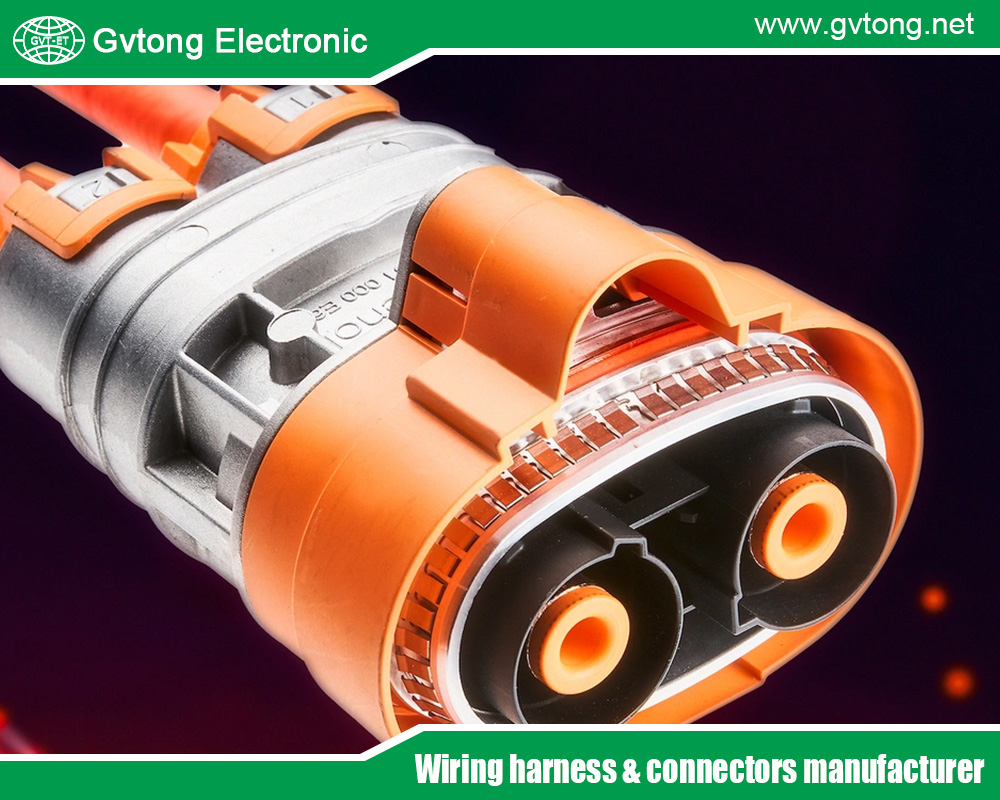
Understanding Low Voltage Connectors
Low voltage connectors are specialized electrical components designed to establish and maintain connections in automotive systems where the voltage does not exceed 60V DC. This voltage range distinguishes them from high-voltage connectors used in electric vehicle (EV) powertrains, which handle hundreds of volts. Low voltage connectors are ubiquitous in vehicles, supporting functions such as lighting, climate control, sensors, and communication networks.
Types of Automotive Low Voltage Connectors
Several types of low voltage connectors are employed in automotive applications, each tailored to specific needs:
- Pin and Socket Connectors: These consist of a male pin that inserts into a female socket, offering a secure and easily disconnectable connection. They are versatile and widely used in sensor and module connections.
- Blade Connectors: Featuring a flat, blade-like terminal that slides into a receptacle, these are ideal for space-constrained applications like wiring harnesses.
- Ring Terminals: Used for grounding or in high-vibration areas, these connectors are fastened with a screw or bolt, ensuring a firm connection.
Materials
The performance and durability of low voltage connectors depend heavily on their materials. Contacts are typically made from copper alloys, such as brass or phosphor bronze, prized for their excellent conductivity and corrosion resistance. Housings are constructed from durable plastics like polyamide or polybutylene terephthalate (PBT), which provide insulation and withstand environmental stressors.
Importance in Vehicles
In modern vehicles, low voltage connectors are indispensable. They enable the operation of headlights, dashboard displays, and advanced driver assistance systems (ADAS). As vehicles integrate more electronics, these connectors ensure reliable power distribution and data transmission, making them a cornerstone of automotive design.
Applications in Modern Vehicles
Low voltage connectors are deployed across various vehicle domains, each with unique requirements.
Engine Compartment
In the engine bay, connectors link sensors, actuators, and control units critical for functions like fuel injection and emissions monitoring. These connectors must endure high temperatures, vibrations, and exposure to fluids, necessitating robust designs.
Interior
Inside the vehicle, connectors support dashboard instruments, climate control systems, and infotainment units. For example, they enable touch-screen interfaces, navigation, and connectivity features like Bluetooth. Compactness and reliability are key, given the confined spaces and constant use.
Exterior
Externally, low voltage connectors power lighting systems—headlights, taillights, and turn signals—and sensors for parking assistance and collision avoidance. They must resist weather conditions like rain and dust.
Specific Examples
- Door Modules: Connectors in doors link central control units to power windows, mirrors, and locks, requiring durability amid frequent movement.
- Networking: In-vehicle networks like Controller Area Network (CAN) buses rely on connectors for data transmission, supporting features like autonomous driving.
As vehicles evolve into connected and autonomous platforms, low voltage connectors play an expanding role in integrating these advanced systems.
Design Considerations
Designing low voltage connectors for automotive use involves addressing several critical factors to ensure performance and longevity.
Current Carrying Capacity
Connectors must handle the electrical current required by their application without overheating. This capacity is determined by the contact material and design, crucial for power-intensive systems.
Contact Resistance
Low contact resistance minimizes power loss and heat generation, achieved through high-quality materials and precise engineering of contact surfaces.
Environmental Resistance
Automotive connectors face harsh conditions:
- Temperature Extremes: From freezing winters to scorching engine bays.
- Vibration: Constant motion from driving.
- Chemical Exposure: Oils, fuels, and road⁹⁸⁷⁶⁵⁴³²¹
To combat these, connectors feature:
- Seals and Gaskets: Prevent moisture and contaminant ingress.
- Corrosion-Resistant Materials: Gold or tin-plated contacts.
Standards and Testing
Connectors must meet rigorous standards from bodies like the Society of Automotive Engineers (SAE) and International Organization for Standardization (ISO). These cover mechanical strength, electrical performance, and environmental durability, ensuring reliability over the vehicle’s lifespan.
Challenges and Solutions
Despite their importance, low voltage connectors face challenges that manufacturers address through innovation.
Corrosion
Exposure to moisture and chemicals can corrode contacts, increasing resistance. Solutions include corrosion-resistant coatings and sealed designs.
Fretting
Microscopic movements in high-vibration areas cause wear and oxidation. Lubricants and stable contact designs mitigate this.
Miniaturization
As vehicles pack more electronics into smaller spaces, connectors must shrink without sacrificing performance. High-density configurations and advanced manufacturing techniques meet this demand.
Innovations
- Sealed Systems: Enhance environmental resistance.
- Multi-Point Contacts: Improve reliability by reducing failure risk.
Future Trends
The future of low voltage connectors is shaped by automotive advancements.
Higher Data Rates
Connected vehicles demand connectors that support faster data transmission for infotainment, ADAS, and vehicle-to-everything (V2X) communication. This drives development of high-frequency, signal-integrity-focused designs.
Electric and Autonomous Vehicles
EVs and hybrids require connectors for higher currents and unique architectures, while autonomy increases reliance on robust sensor and network connections. Lightweight materials improve efficiency.
Smart Technologies
Connectors with integrated sensors could monitor status and predict maintenance, boosting reliability.
New Materials
Graphene, with its superior electrical and thermal properties, promises smaller, lighter, and more efficient connectors.
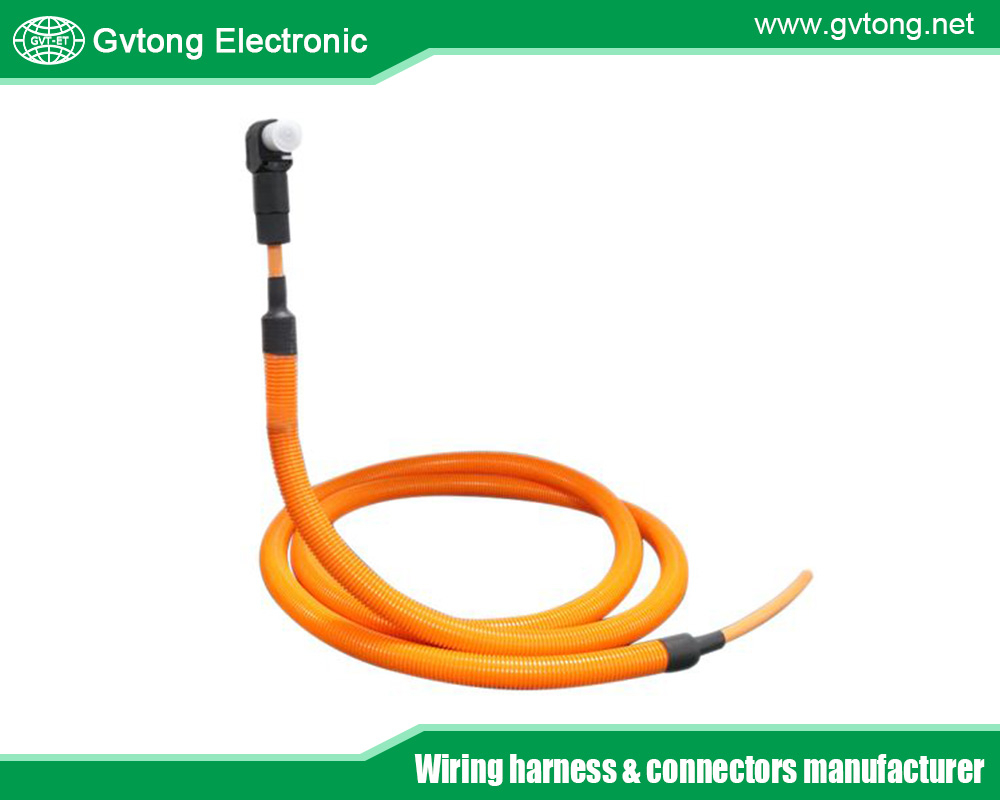
Conclusion
Automotive low voltage connectors are the backbone of a vehicle’s electrical systems, ensuring functionality across diverse applications. Their design balances current capacity, resistance, and environmental durability, meeting stringent standards. Challenges like corrosion and miniaturization spur innovations that enhance performance. As vehicles advance toward connectivity, electrification, and autonomy, these connectors will evolve, incorporating higher data capabilities, smart features, and cutting-edge materials. Their continued development reflects the ingenuity of automotive engineering, supporting safer, more efficient, and technologically advanced vehicles.
For more about the best automotive low voltage connectors: an in-depth exploration, you can pay a visit to Gvtong at https://www.gvtong.net/ for more info.

